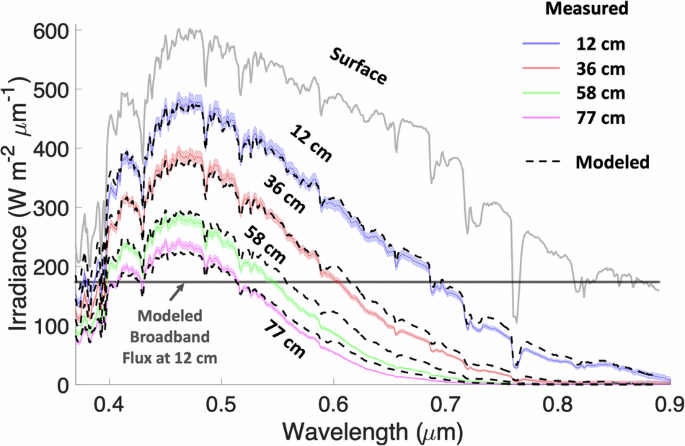Werckmeister temperament
Werckmeister temperaments are the tuning systems described by Andreas Werckmeister in his writings.[ 1] [ 2] [ 3] The tuning systems are numbered in two different ways: the first refers to the order in which they were presented as "good temperaments" in Werckmeister's 1691 treatise, the second to their labelling on his monochord. The monochord labels start from III since just intonation is labelled I and quarter-comma meantone is labelled II. The temperament commonly known as "Werckmeister III" is referred to in this article as "Werckmeister I (III)".[ 4]
The tunings I (III), II (IV) and III (V) were presented graphically by a cycle of fifths and a list of major thirds, giving the temperament of each in fractions of a comma. Werckmeister used the organbuilder's notation of ^ for a downwards tempered or narrowed interval and v for an upward tempered or widened one. (This appears counterintuitive - it is based on the use of a conical tuning tool which would reshape the ends of the pipes.) A pure fifth is simply a dash. Werckmeister was not explicit about whether the syntonic comma or Pythagorean comma was meant: the difference between them, the so-called schisma, is almost inaudible and he stated that it could be divided up among the fifths.
The last "Septenarius" tuning was not conceived in terms of fractions of a comma, despite some modern authors' attempts to approximate it by some such method. Instead, Werckmeister gave the string lengths on the monochord directly, and from that calculated how each fifth ought to be tempered.
















